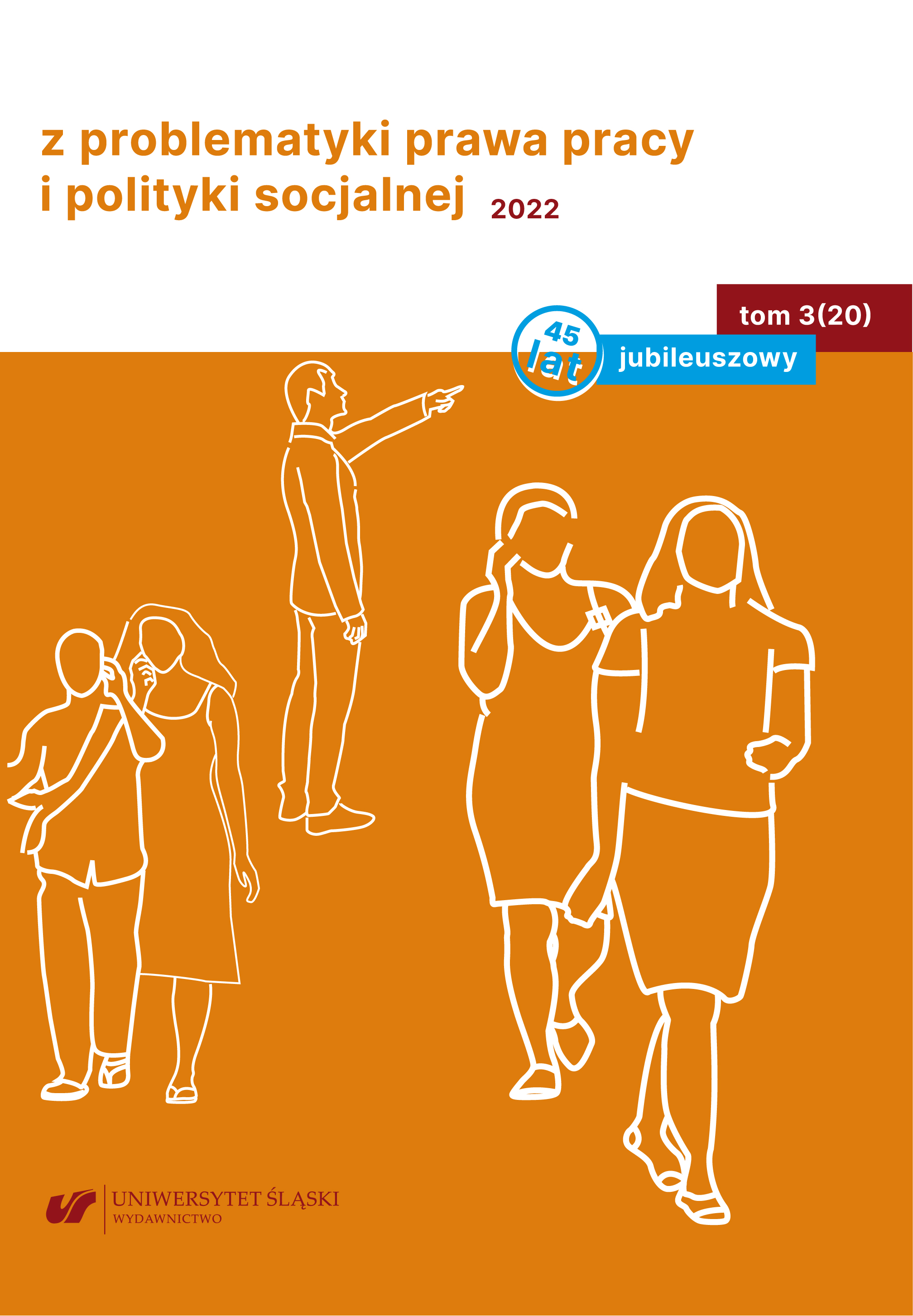

 https://doi.org/10.31261/zpppips.2022.20.02
https://doi.org/10.31261/zpppips.2022.20.02
The coronavirus pandemic has become an unprecedented situation in the way it has made remote work common around the globe. The existing regulations concerning teleworking, in particular its normative definition, have turned out to be inadequate in the realities of the labor market. When legislative work started in September 2020, legislators were was faced with the following dilemma: Are the current regulations supposed to obtain only during the pandemic or should they also remain valid after it? The definition of remote work in the new Article67[5] plays a fundamental role in this matter. Dependent on it is not only the future of the labor market but also a possible revolution in terms of the ontology of work itself.
Download files
Citation rules

Vol. 20 No. 3 (2022)
Published: 2022-06-30
 10.31261/zpppips
10.31261/zpppips